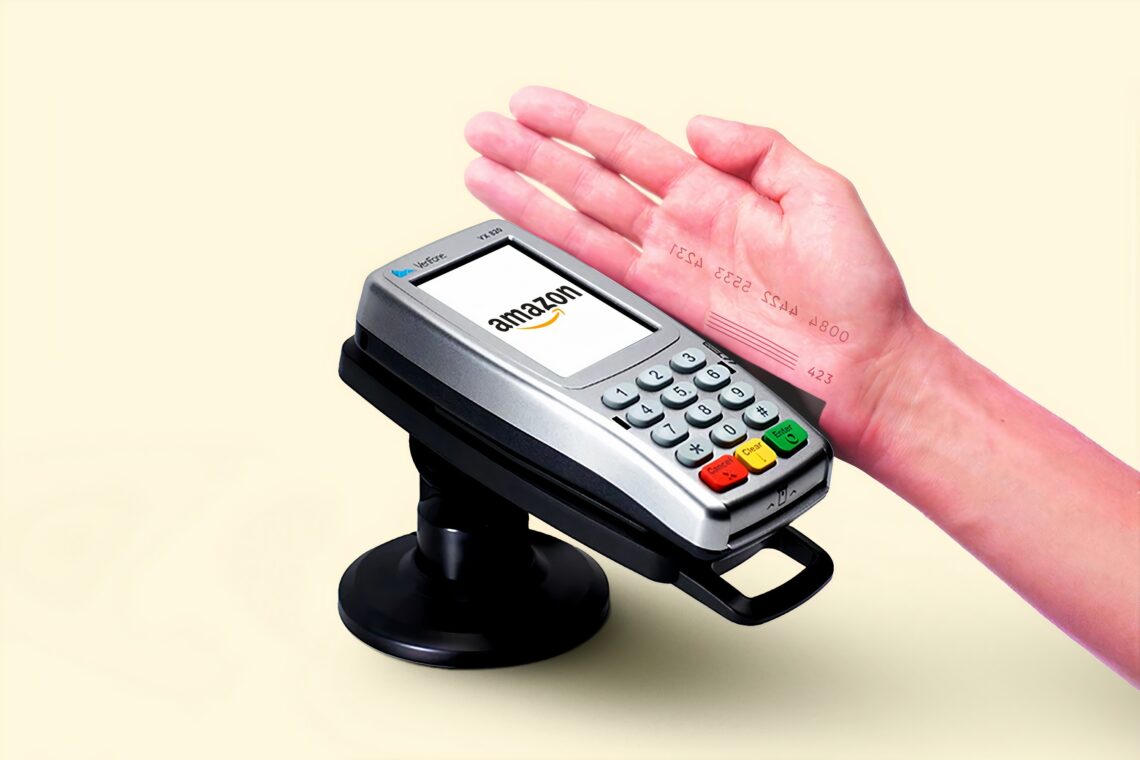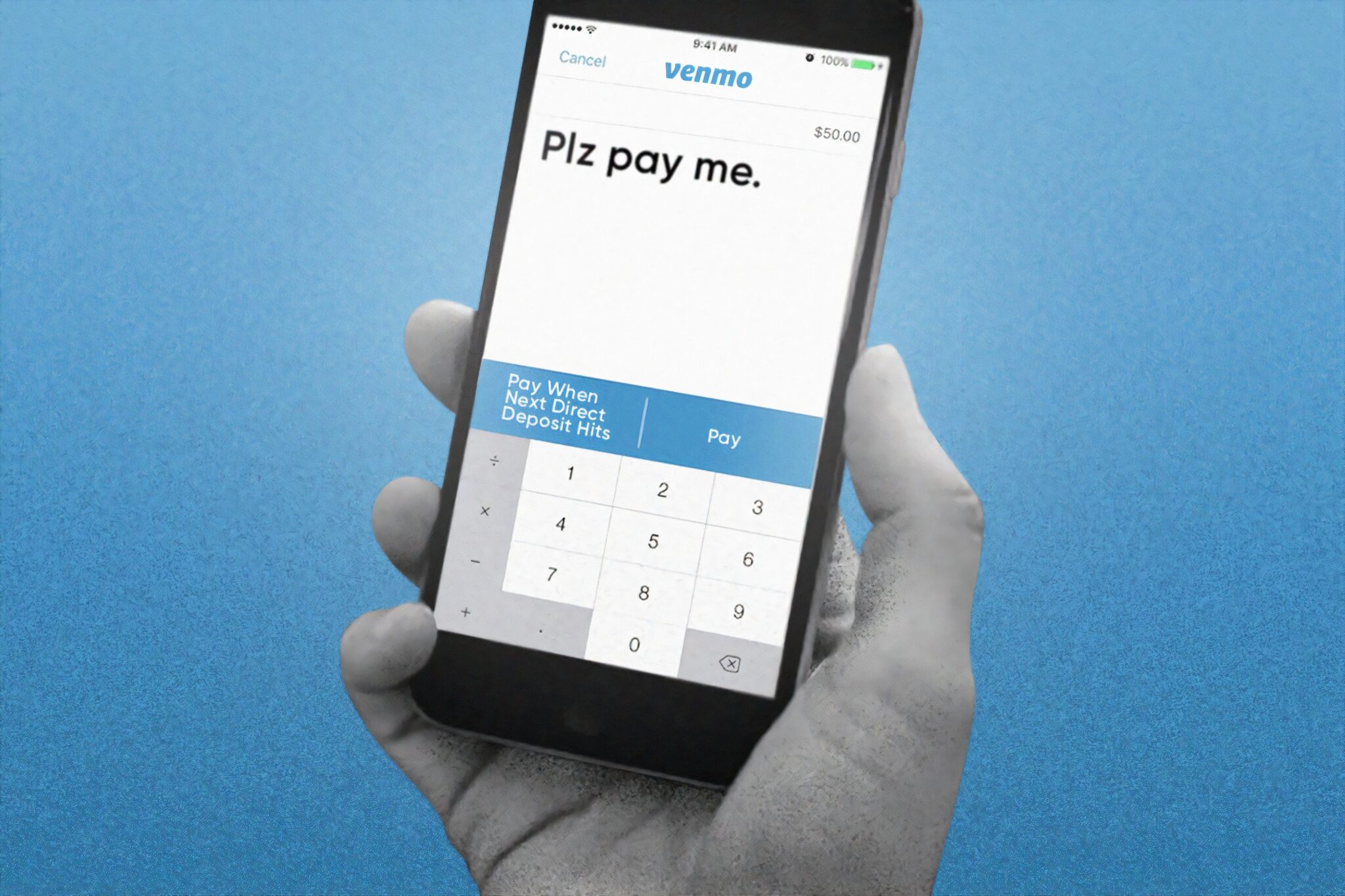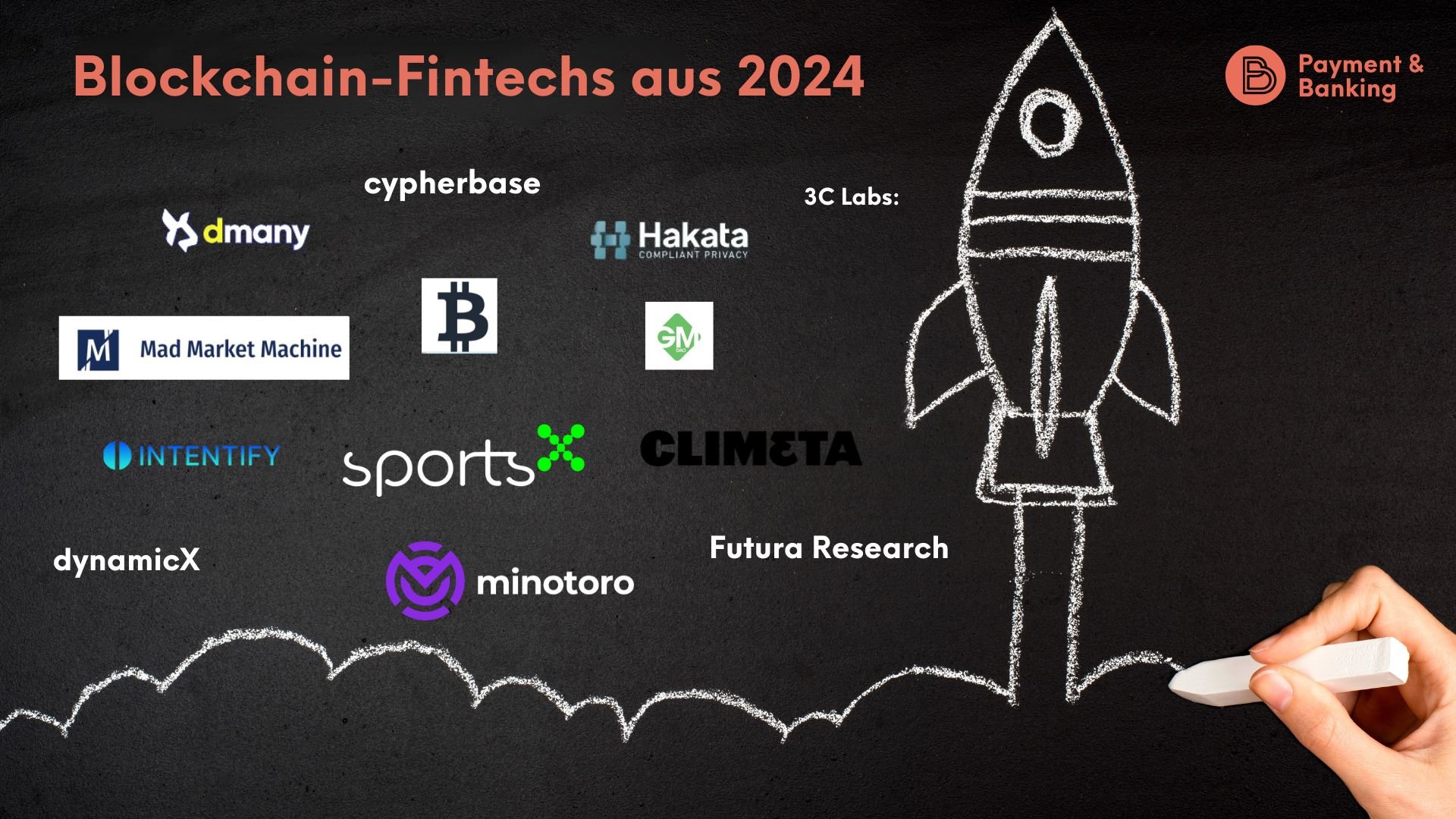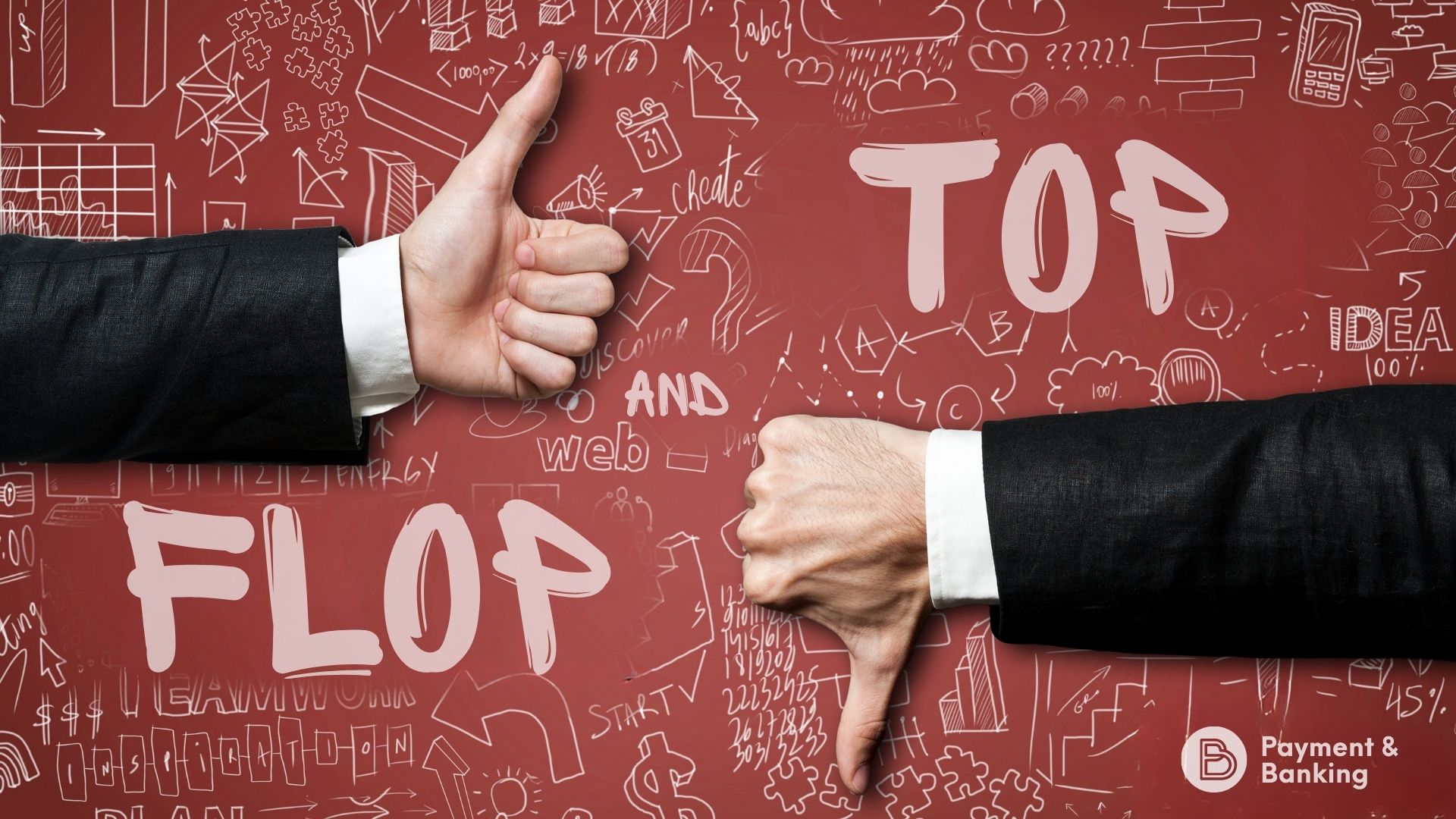Durch sinkende Margen und erhöhten Wettbewerbsdruck stehen Acquirer und PSPs unter Druck. Sie müssen ihr Geschäftsmodell neu erfinden und ihre Wertschöpfung ausbauen. Dabei rücken Mehrwertdienste wie Data Analytics, Couponing und Loyalty wieder stärker in den Fokus. Doch das Payment an sich ist mittlerweile zu austauschbar und die Mehrwertdienste haben andere Player längst besser umgesetzt.
„Ohne attraktive Mehrwertdienste wird sich mobiles Bezahlen nicht bei der breiten Masse durchsetzen. Kunden wollen dabei auch Zusatzangebote wie zum Beispiel Coupons nutzen können.“
So oder so ähnlich las man das vor fünf Jahren überall. Damals, als es weder Apple Pay noch Google Pay gab. Als mobile Bezahlverfahren oft als reine Prepaid-Produkte ausgestaltet waren, teilweise noch mit NFC-Sticker, der auf das Telefon geklebt wurde. Als man, wollte man die NFC-Schnittstelle seines Samsung Galaxy S3 fürs Bezahlen nutzen, erst beim Mobilfunkbetreiber eine neue Simkarte beantragen musste. Als man für das Aufladen des Prepaid-Kontos noch Gebühren bezahlen sollte und man bei jedem Bezahlvorgang Probleme und peinliche Situationen an der Kasse fürchten musste.
Kurzum, Mobile Payment war nicht sexy und war nicht vom Kunden ausgehend gedacht. Es löste kein Problem, sondern war der Traum technikaffiner Produktmanager, die etwas unbedingt tun wollten, weil es technisch möglich und neu war.

Und wie so oft, wenn ein großer Plan nicht funktioniert, wurden viele Gründe für das Scheitern gefunden und Möglichkeiten, noch mehr Geld in ein nicht funktionierendes Geschäftsmodell zu investieren. Wirklich geschafft hat es damals keiner, sämtliche Mobilfunkbetreiber haben sich aus dem Feld zurückgezogen. Durchgesetzt haben sich Apple und Google Pay – vom Kunden aus gedacht: kein Aufladen, keine Gebühren, keine separate App, keine SIM-Karte.
Geblieben ist auch der Begriff der Mehrwertdienste und eine Payment-Welt, die gerade dabei ist, sich neu zu erfinden. Doch wo stehen wir derzeit genau? Können Mehrwehrtdienste helfen, das Payment wieder profitabel zu machen?
Hierfür müssen wir noch ein Stück weiter zurück in der Zeit. Als Kreditkarten aufkamen, gab es kein Internet und keine Online Shops. Es wurde im Laden eingekauft und in bar oder per Scheck bezahlt. Gerade bei großen Summen und bei Zahlungen in fremden Ländern war das schwierig. Ein Scheck konnte platzen und der Geldkoffer war eher für den Kunden eine unsichere Option.
Die Lösung: Ein Anruf des Händlers bei der Kreditkartenorganisation. Ein weiterer Anruf der Kreditkartenorganisation bei der herausgebenden Bank, ein Blick in den Leitz-Ordner mit dem Konto des Kunden und die telefonische Freigabe des Betrags. Voilà, die Kartenzahlung war geboren, wenn auch noch nicht so wie wir es heute kennen. Es folgten Imprinter (Die Ritsch-Ratsch Maschine, die Karten auf Papier kopiert) und irgendwann Kreditkarten-Terminals. Und das Kartennetzwerk, dass die Schemes aufbauten, eine wahre Infrastruktur, die es so noch nicht gab.
Das Bezahlen mit Kreditkarte war ein riesiges Geschäft für alle Beteiligten. Payment selbst war ein Produkt und löste ein Problem. Gebühren von 3-5% waren keine Seltenheit. Kreditkarten eroberten die Welt.
In der Zwischenzeit ist die Infrastruktur der Schemes quasi obsolet, das Internet hat übernommen. Die Gebühren sind, zumindest in Europa, reguliert und viele Issuer tun sich schwer, mit den geringen Margen noch profitabel zu arbeiten (zumal Apple und Google hier auch noch die Hand aufhalten). Und es gibt so viel Wettbewerb, dass sich die großen Volumen für Acquirer kaum noch lohnen. Preise von weniger als einem Basispunkt (sprich: weniger als 0,01 %) werden teilweise gefordert und auch angeboten. Und wieder sind es die Mehrwertdienste, die dafür herhalten sollen, neue Umsatzquellen zu erschließen. Themen wie Data, Analytics und BI, aber auch Loyalty, Marketing und andere Themen werden wieder verstärkt diskutiert.
Natürlich gibt es sie noch, die ganz großen Herausforderungen Im Payment. Die global agierenden Kunden, die weltweit über eine Plattform abwickeln wollen. Die komplexen Marktplatzmodelle, bei denen Betreiber und Acquirer sowohl technisch als auch rechtlich an Grenzen stoßen. Das Buzzword „Omni-Channel“, oft nur ein Zeugnis dafür, dass Acquirer dank veralteter Technik nicht in der Lage sind, POS und eCommerce-Transaktionen über die gleiche Plattform zu verarbeiten.
Aber was ist mit all den anderen? Spielt das Payment noch so eine große Rolle oder ist es einfach da? Will ein Verkäufer von Sneakers im Prenzlauer Berg wirklich Value-Added Services als Zusatzdienst zu seinem Terminal?
Wenn man die Frage etwas analytischer angeht ergibt sich das folgende Bild:
- Ein „Händler“ hat Produkte im Inventar, die er vertreiben will. Das kann ein Turnschuh sein, aber auch eine Dienstleistung wie ein Haarschnitt oder die Portion Spaghetti Carbonara.
- Der Händler hat ein „Frontend“ über das er seine Waren anbietet. Das kann das Ladengeschäft sein, aber auch ein Online-Shop sein. Oder eben, und das ist wichtig: Jeder andere Kanal, inkl. Marktplätzen wie Ebay, Amazon und Zalando oder Reservierungsplattformen wie open table oder Expedia.
- Treffen sich „Kunde“ und „Händler“ am „Frontend“ kommt es im Idealfall zu einer „Transaktion“. Händler und Kunde werden sich einig und es kommt zum Vertrag.
- Erst jetzt kommt es zu der ganzen „Logistik“. Das Produkt muss an den Kunden übergeben oder geliefert werden, muss vom Kunden bezahlt werden. Hier kommen endlich die PSPs und Acquirer ins Spiel, vorausgesetzt der Kunde zahlt nicht bar.
Ja, das ist stark vereinfacht. Aber es zeigt doch sehr stark, dass das Payment nicht im Mittelpunkt steht. Sowohl der Handel als auch das Dienstleistungsgewerbe haben in den letzten Jahren an Komplexität gewonnen. Die Anzahl der Vertriebskanäle steigt. An den Marktplätzen führt kaum noch ein Weg vorbei, suchen doch viele Kunden ihr gewünschtes Produkt nicht mehr bei Google, sondern direkt bei Amazon und Co. Der Wettbewerbsdruck, hervorgerufen durch allgegenwärtige Vergleichbarkeit, Preistransparenz und Kundenbewertungen ist immens. Dank Facebook, Instagram und Google gibt es immer gezieltere Werbemöglichkeiten und Kommunikationskanäle. Doch auch die müssen gekonnt bespielt werden und sind zum Schrecken mancher Firmen keine Einbahnstraße. Das Personal besteht schon lange nicht mehr aus gelernten Spezialkräften und gerade im Einzelhandel ist die Fluktuation hoch.

So manch einer in der Payment-Branche will das nicht wahrhaben, aber für viele Firmen ist das Payment heute das geringste Problem. Im schlimmsten Fall nur noch ein nerviges Übel, wie der Telefonvertrag, den man alle paar Jahre kündigen muss, um endlich die besseren Konditionen angeboten zu bekommen. Wobei der Vergleich etwas hinkt, Mobilfunkanbieter unterscheiden sich doch technisch recht stark durch die Qualität des Netzes. Große Qualitätsunterschiede gibt es beim Payment-Processing kaum noch. Höchstens in der Qualität des Kundendienstes, der Einfachheit des Kundenportals etc.
Und so haben sich in relativ kurzer Zeit einige andere Player zu ernstzunehmenden Größen entwickelt, die das Thema ganzheitlich angehen – und den Händler in den Mittelpunkt stellen. Da sind zum einen die Plattformen wie Shopify (Börsenwert: 109 Mrd. Euro) und Square (50 Mrd.). Beide bieten Lösungen für stationäre Geschäfte und für den Online-Handel. Beide bieten auch gleich Lösungen für Buchhaltung, Versand und Händlerkredite, helfen beim Verkauf über Amazon und Ebay und stellen alles bereit, um die Produkte über die wichtigsten Kanäle zu bewerben. Und bevor wir es vergessen: Mehrwertdienste (Loyalty, Gutscheine und Analytics) und Payment sind natürlich auch dabei. Mit einem großen Unterschied: Der Händler bekommt eine funktionierende Möglichkeit zur Kartenzahlung, hat aber kaum Einfluss darauf, welcher Dienstleister die Zahlungen abwickelt. Shopify stellt es jedem Händler frei, einen anderen Payment-Dienstleister zu wählen, berechnet dafür aber eine Gebühr von bis zu 2 %, was jeden Wettbewerb zunichtemachen dürfte.
Aber nicht nur die großen Plattformen spielen eine Rolle. Immer mehr SaaS-Anbieter (Software-as-a-Service) liefern Komplettlösungen für spezielle Branchen. Egal ob Apotheke, Optiker oder Fitness-Studio, hier wird alles mitgeliefert was benötigt wird. Von der Anbindung an die Krankenkassen, über die On-Demand-Bestellung von Gläsern und Fassungen bis hin zum Management der Abos und Zugangskarten im Fitness-Studio.
Was sich hier zeigt, ist die Kompromissbereitschaft vieler Firmen. Zugunsten einer gut funktionierenden Gesamtlösung werden Abstriche beim Payment gemacht und fehlende Girocard-Akzeptanz, eine stark limitierte Auswahl an Online-Bezahlmethoden und höhere Gebühren in Kauf genommen.
Nach Clayton M. Christensen in seinem Buch „The Innovator’s Dilemma“ durchläuft jedes Produkt verschiedene Phasen des Wettbewerbs. Am Anfang geht es um die Performance, also die Funktionalitäten eines Produkts. Wenn hier alle Bedürfnisse gedeckt sind, kommt die Zuverlässigkeit ins Spiel. Danach die Convenience, also die Bequemlichkeit und User Experience. Wenn sich Produkte in diesen drei Kategorien nicht mehr unterscheiden, kommt es zur vierten Phase, der „Commoditization“ und der Wettbewerb dreht sich fast nur noch um den Preis.

Das klassische Payment ist für die meisten Kunden schon längst in der vierten Phase angekommen. Mehrwertdienste, die sich ums Payment drehen, werden hier kaum noch etwas daran ändern. Der Wettbewerb verlagert sich immer stärker in den Bereich der Plattformen und SaaS-Lösungen, bei denen die Zusatzleistungen viel tiefer integriert werden können. Hier ist noch Luft nach oben. Es gibt noch neue Branchen zu erschließen und Lücken im Funktionsumfang. Noch spielen Shopify und Co. vor allem für kleine Händler eine Rolle und werden von manchen Payment-Dienstleistern nicht als große Konkurrenz wahrgenommen. Sind doch die großen Airlines, Retailer und Hotelketten noch profitabler als der Long-Tail.
Aber auch hier lohnt sich ein Blick in das Buch „The Innovator’s Dilemma“. Disruptive Technologien beginnen am unteren Ende des Marktes, bieten einen unterdurchschnittlichen Funktionsumfang bei geringeren Margen und sind für die Größen der Branche nicht relevant. Danach steigert sich aber stetig der Funktionsumfang und die Lücke wird geschlossen. Oft werden sie zunächst belächelt und erst dann von den etablierten Playern wahrgenommen, wenn es bereits zu spät ist.
Aktuell kaufen sich Payment-Dienstleister weitere Services dazu und erweitern die Wertschöpfungskette. Und aktuell arbeiten alle Plattformen noch mit Partnern wie Stripe zusammen. Es dürfte nur eine Frage der Zeit sein, bis sich das ändert und die ersten Plattformen auf Einkaufstour gehen. Denn schon heute ist in vielen Branchen das Payment nur noch ein Feature unter vielen anderen.





